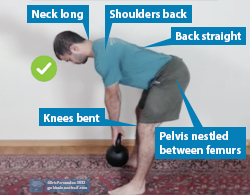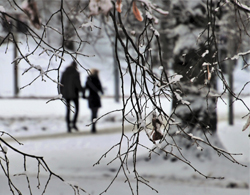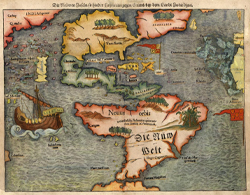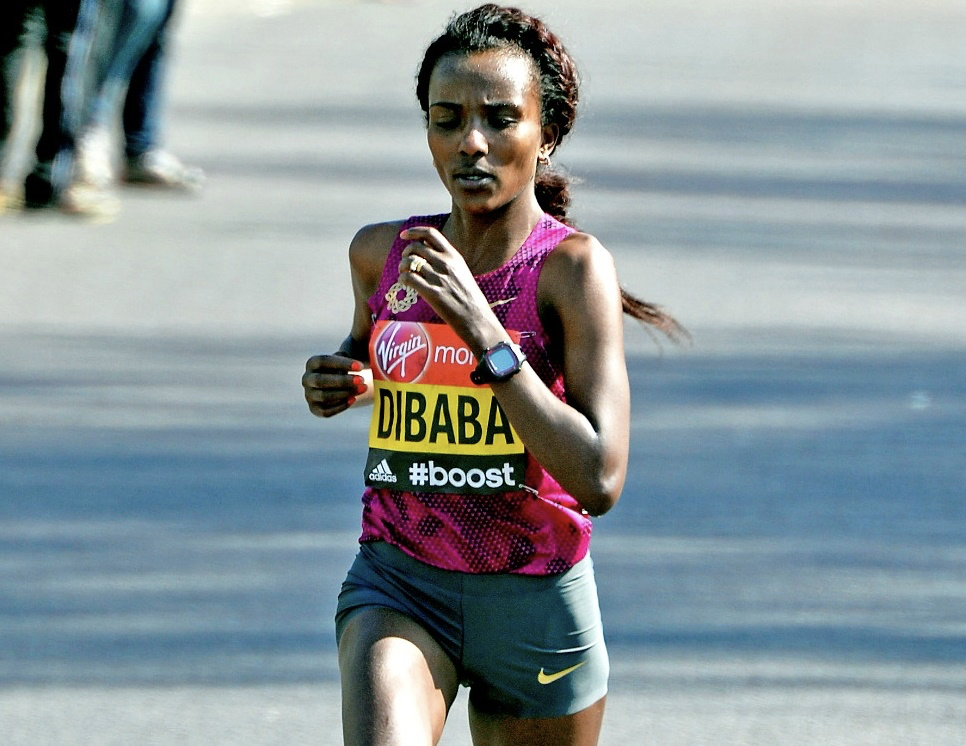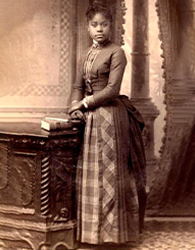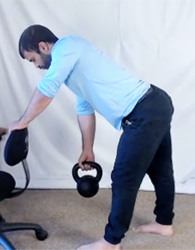We’re here to help with your New Year’s fitness resolution. Join us for a FREE 10-day New Year 3 x 3 Fitness Challenge, which is offered as part of the Gokhale Exercise program. It will be fun, safe, and effective, enabling you to build your strength without strain and injury, because, all the while, you are also training for healthy posture!
Get Updates on the Latest Blog Posts
Yesterday was midwinter day in the northern hemisphere. For many of us, this time of year means colder, shorter days, and a time when outdoor activities and social get-togethers can be more limited.
Get out walking
One thing we can do whatever the season is to get out on foot. Walking, done well, can significantly boost our circulation, burn calories, keep us warm, and assist our digestion—especially useful after rich and large festive meals! A good walk will also fill our lungs with fresh air and can boost our immune system to fight off winter bugs.
Such exercise, especially in nature, is known to lift our mood. We can enjoy the company of friends and family—or go solo for some peace and introspection, as fits. All these potential benefits and more are summed up in the Latin phrase, Solvitur Ambulando, which translates as “walking solves everything.”¹
Few of us, wheelchair users excepted, pass a day without climbing steps or stairs. Students often ask if posture has any bearing on how best to do this—and the answer is yes! Our approach to pain-free, healthy posture works precisely because it helps you with all your daily activities. This blog post is the first of several containing introductory tips for using steps and stairs. We will focus here on how to power yourself upward.
Steps and stairs—the benefits
If you are looking to maintain or improve your cardio fitness and lower body strength, climbing steps and stairs will check that box. For example, this could be opting for the stairs rather than the elevator at work.
There are so many things in my life that I feel thankful for, and Thanksgiving gives an opportunity to reflect on these feelings of gratitude. For our newsletter I wanted to share the deep gratitude I have for my personal journey out of back pain, and for how that journey continues as a growing ability to support and empower others in this direction.
When I came to write this blog post, I quickly realized that this is a daunting task! The truth is that so many people have played invaluable parts, both great and small, in helping me to create the Gokhale Method® that it’s impossible to pay tribute to everyone in a short piece of writing. So I decided there will be other posts of gratitude, including to my teachers, to the people around the globe on whom this work is based, and to our team of dedicated teachers and staff. But on this National Day of Thanksgiving, I’d like to focus on things related to living and working in the US.
My name is Sheila Bond, and I am an artist, knit and jewelry designer, and an art teacher. I am also the mother of four sweet kids. In this blog post I would like to share with you my Gokhale Method® journey out of pain and despair.
On May 6 2022 I severely herniated the spinal disc between my L4/L5 vertebrae. In addition I had developed bursitis in my left hip during the previous three months, I believe from sitting improperly teaching online classes.
It happened on the Friday before Mother’s Day. By Saturday morning I could barely move and thought I might die or at the very least never recover. I ordered a TENS unit (transcutaneous electrical nerve stimulation, a mild electrical current to give pain relief) from Walgreens, bought Salonpas patches too, and a walking cane. I took three Advil or two extra strength Tylenol alternating every six-hours hours.
I had previously herniated my L4/L5 in 2015, and had a laminectomy (a surgical operation to remove part of the back of vertebrae, usually to relieve pressure on nerves.) That surgery had left me still in terrible pain. When I told the surgeon I was still in pain in my tailbone/sacrum area, he told me he could operate on my tailbone. I declined. Following surgery I also went to physical therapy for a year and a half. It gave me more pain than it took away.
October 16 is World Spine Day, which makes this the perfect time to share with you a fascinating piece of recent research about the human spine.
In April I was contacted by Scott Williams PhD, Associate Professor at the Center for the study of Human Origins, Department of Anthropology, New York University. He and his team of anthropologists had recently published a scientific paper that concluded that understanding the spines of Neanderthals, a human ancestor, may explain the back pain experienced by humans today.
Who were the Neanderthals?
The Neanderthals populated Europe and Asia between about 400,00 and 40,000 years ago. Neanderthals became extinct, but are considered one of our most recent evolutionary ancestors. Research shows there is DNA evidence that they interbred with early human populations.
Welcome to the sixth blog post in our series on running. My name is Michelle Ball, and I am a Gokhale Method® teacher living in Tasmania. I am also a lifelong runner and am passionate about sharing the benefits of healthy posture with the running community, be that beginners, seasoned runners, or anyone in between. Even if you walk rather than run, the posture principles outlined in this post can still help you to enjoy an active and pain-free body well into old age.
Running with a well-positioned upper body
In this post we will consider the upper body. Runners are inclined to pay far less attention to the upper half of the body than the lower half, as they focus on gait pattern, cadence, footwork, and propulsion. This is hardly surprising, but the lower body, while super-busy, really is just half the story.
Healthy posture in the upper body brings the following benefits:
Protected spinal structures
Improved biomechanics
Unimpeded flow and momentum
Support that makes the body feel lighter
Athletic appearance
I have often written about the elegance of people in bygone years. The women, sometimes corseted, show striking deportment.
The excesses of nineteenth-century fashion understandably gave corsets a bad name. Extreme tight lacing had some terrible effects, imposing some drastic anatomical remodeling:
The stomach and liver are crammed down, with the ribs compressing into drooping S-loops. The neural spines of each vertebra, the little projections that stick up from the central body of each bone, are also pushed out of place. Normally they stack nicely one atop the other in a neat midline ridge, but in long-term corset wearers these spindles of bone jut to this side or that.
Science writer Brian Switek in Skeleton Keys: The Secret Life of Bone.
Using the word “eccentric” might sound like I’m about to write about muscles behaving in weird ways that are different from usual muscle behavior!
But what I’m referring to, eccentric muscle contraction, is often pronounced ee-sen-trik, not ek-sen-trik.
How muscles contract
Eccentric muscle contraction is the reverse of the concentric contraction that we typically associate with muscle training. For example, the dumbbell curl that makespops up the bicep prominent as you lift the weight towards your shoulder is a concentric contraction. The muscle contracts and shortens. But lowering the dumbbell back down again, which requires the muscle to lengthen, also takes

